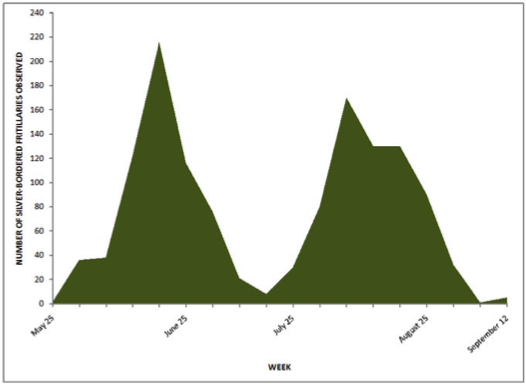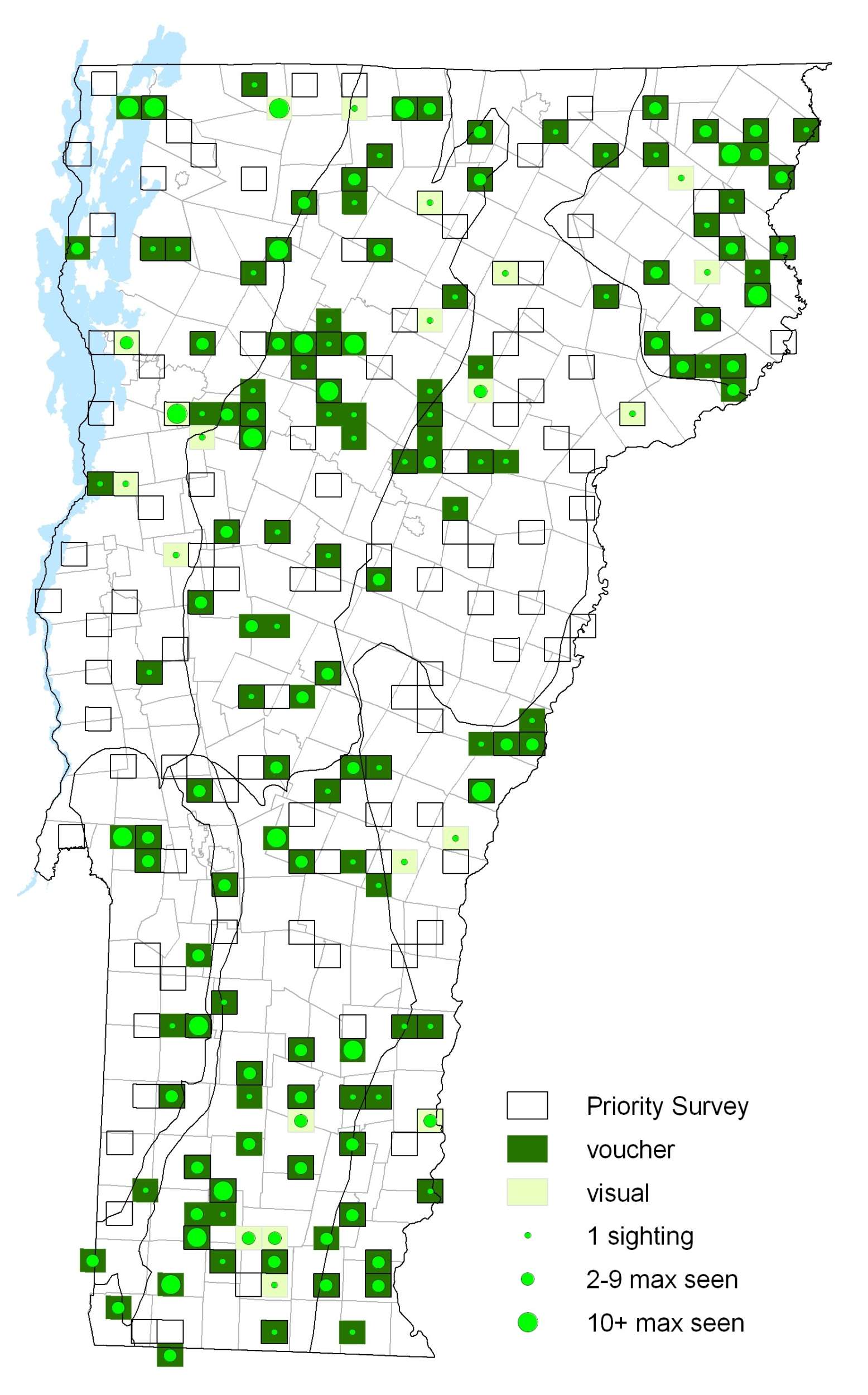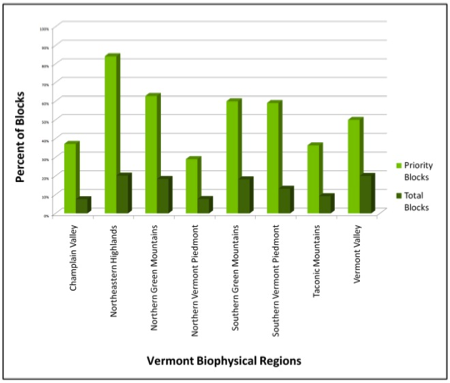|
Resident Conservation Status North American Range |
They have an extensive range, with many populations and races stretching around the northern hemisphere, but complex population dynamics. In Massachusetts many veteran field lepidopterists believe it has declined significantly in the last 30 years. The single brooded Maryland race appears to be extinct. Since about 1950 the species has also declined sharply in England and the Netherlands, possibly from development and intensified agriculture. Males patrol throughout the day for females and both can be seen sunning themselves periodically in open, grassy meadow areas.
Identification
Upperside orange with black markings. Underside of hindwing with rows of metallic silver spots; postmedian spots small and black.
Flight
Two flights found in Vermont during VBS. Extreme dates: 25 May 2006 in Castleton (R. Pilcher) and 18 September 2002 in Norwich (C. Rimmer).
Distribution and Habitat
Scudder (1889) wrote that it was “ found in near equal abundance throughout New England.” During VBS recorded more commonly outside of valleys or in more northern biophysical region, but overall common throughout Vermont. They favor wet, open habitats such as wet meadows, bogs, and marshes. Ski slopes in the Green Mountains appear to harbor sizable populations. Hostplants include Northern Bog Violet (Viola nephrophylla) and Lance-leaved Violet (Viola lanceolata). Over a dozen species reported as nectar sources during VBS.







